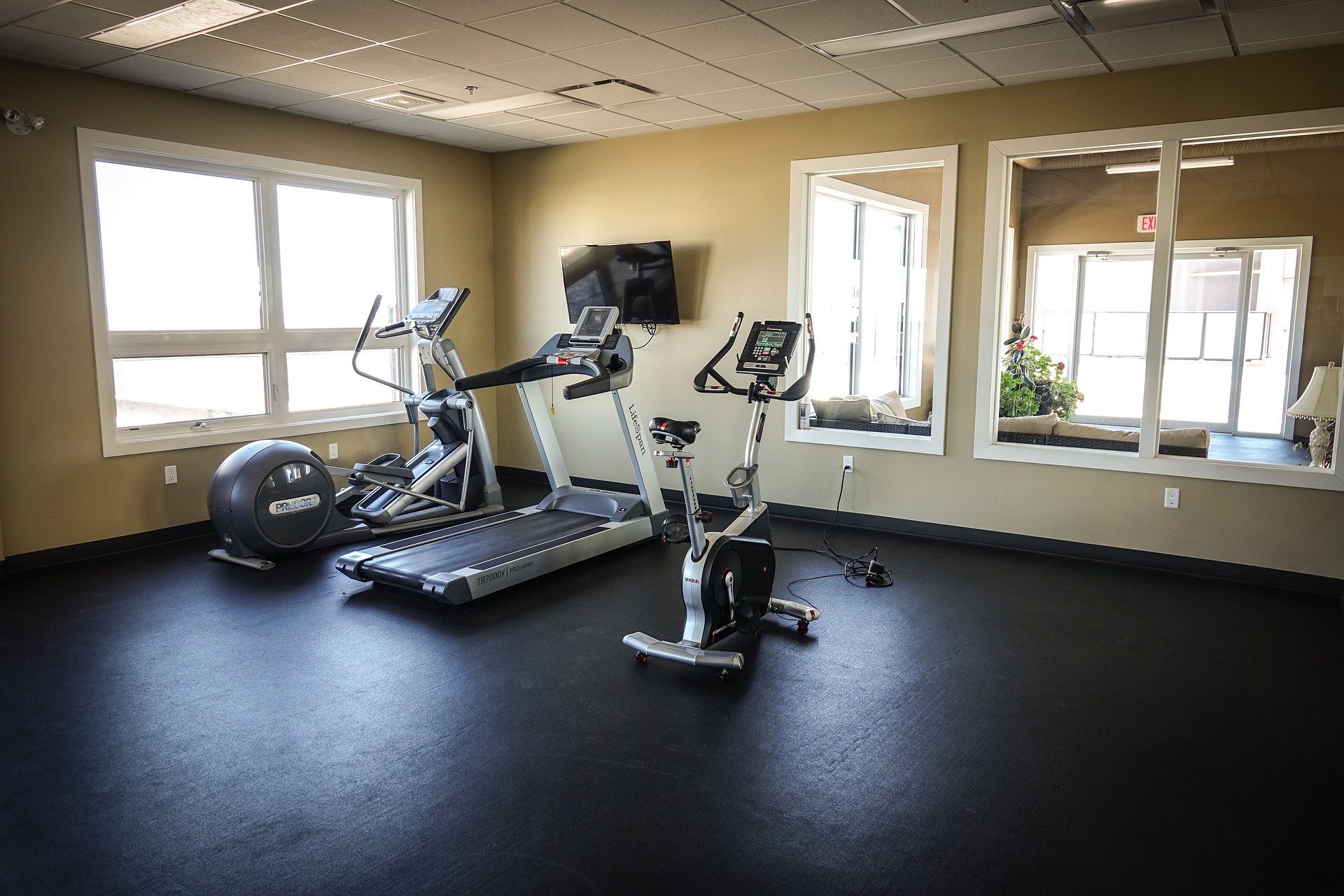
I have some good news, and I have some bad news.
Good news: tracking “calories burned” via wearable technology (Fitbit, Apple Watch, etc.) or on a piece of cardio equipment can be valuable.
Bad news: The “calories burned” this equipment gives you is, at best, inaccurate, and at worst wildly off base.
If you run a mile and your Apple Watch says you burned ‘X’ amount of calories, it’s not true. Not at all.
BUT, and this is a big BUT… this information is useful.
We can use these numbers as relative markers of your fitness to track and create progress over time. Let me explain…
If you always use an Apple Watch, FitBit, or the screen on your favorite piece of cardio equipment to gauge how many calories you have burned in each workout, you can absolutely use that measurement as a gauge on how much effort you put into that workout. Just don’t take that number as gospel and replace it with the same amount of calories.
Here’s an example of what I’m talking about…
I’m currently dieting down and have been using my spin bike at home to track my effort level with cardio. Rather than tracking the amount of time I spend on the bike, or the amount of miles I travel, I track the amount of calories the bike says I burned.
I do this knowing I’m not actually burning that many calories (it could be more, or less). The bike knows nothing about me. It doesn’t know my measurements, current health status, genetics, etc. BUT, it can tell how much power and effort I put on the spinwheel, so it shoots out a number.
Since I use that same spin bike for every cardio session, I can use the “calories burned” metric as a marker for intensity each workout.
If I’m doing a 300-calorie spin, I know that as long as I get that bike to read 300 calories I can be confident I’m giving a similar level of effort each session. I can get to that number in 35 minutes, or 40 minutes, or even 45 minutes… But I’ll eventually get to that number and put forth the adequate amount of effort.
It’s a simple way to streamline your cardio and equate your sessions. It also creates benchmarks for you to manipulate your training over time. Want to lose weight? Get that “calories burned” number higher. Want to bulk up? Burn less.
The key is to not replace the number of “calories burned” with calories coming in. Again, these are not accurate measurements. An unfortunate habit amongst our society is that we “clear out” calories during a workout so we can pound calories afterward. Doing this is a fantastic way to overeat and derail any progress your workout might have created.
As long as we treat these readings solely as indicators of effort, and not opportunities to consume more food, tracking “calories burned” can be an extremely effective way to track your training.
—
CGF